Back when I travelled regularly for work, I always reserved a space in my luggage to bring home a couple of beauty products that I could only buy overseas. (Namely, Bioderma micellar water from Paris and Glossier Boy Brow from the US).
Lately, I’ve also had my eye on a few gems that my fellow beauty editors have unearthed during trips to Korea and Japan, home of K-Beauty and J-Beauty respectively.
But although Korea and Japan – not to mention Paris and New York – remain beauty hotspots, a new destination has joined the list: Australia.
That’s right, while K-Beauty and J-Beauty have become serious power players in the skincare world, Australian beauty (A-Beauty) is next in line, with GlobalData predicting that the A-Beauty sector will be worth $9.4billion by 2023, up from $7.8 billion in 2018.
From established icons and natural skincare pioneers like Aesop, Sodashi and Jurlique, to Instagram phenomenon like Go-To, Frank Body and Sand & Sky and bubbling indie brands such as Edible Beauty and Ultra Violette, interest in Australian born beauty is at an all-time high. Why now?
Australian-born beauty is at an all-time high
“A-Beauty fits in well with the global trend for natural beauty and wellness,” explains Alex Fisher, an associate director for beauty and personal care at market research firm Mintel. “Australians are known for a more relaxed attitude towards life, and with stress a big factor in the appearance of facial skin, many consumers around the world want to embody the Aussie ‘no worries’ attitude.”
It’s the polar opposite of other ‘destination beauty’ regimens endorse: K-Beauty champions a disciplined, multi-step skincare regimen, while J-Beauty fuses tradition with technology. Both view a pale and pure aesthetic as the desired outcome, notes Fisher.
A-Beauty, on the other hand, has a natural and fuss-free spirit that favours minimal products to produce a sun-kissed look, while also protecting against, and reversing, UV damage.
“The beauty industry is saturated with steps and complicated routines, and Aussies don’t have time for this – we’re low-maintenance and want fewer products that work harder,” says Lanolips founder and CEO Kirsten Carriol.
It’s not just our laidback outlook that is driving A-Beauty – Australia has stringent regulations, and A-Beauty’s transparency is another bonus for modern consumers, who are well-versed in ingredients and their benefits.
“Australian beauty does not muck about with marketing waffle, and I think Australian beauty brands all have a certain directness in their approach – they say what they do, and they do what they say,” says Adore Beauty founder Kate Morris.
When her e-commerce beauty site first launched 2000, it only offered Australian brands; today, 60 of the 230 brands stocked are Australian. “In the last three years or so we’ve seen particular growth in high-performance skincare and independent brands, so that’s when Australian brands started doing particularly well,” she says. (Adore’s best-seling brands include Alpha-H, ASAP, Aspect, Ultra Violette and Salt by Hendrix.)
The growing wellness sector is also working to our advantage, with more women wanting their beauty routine to reflect their health-focused outlook. “A natural, pared-back beauty approach has become more popular with the rise of clean beauty, and the emphasis it places on the consumer to think about what they are putting on their skin, and if they really do need all those products,” says Carriol.
There’s a greater emphasis on exercise and fitness to manage our increasingly busy and stressful lives, “and thanks to Australia’s beautiful landscape, outdoor activities like surfing and hiking are a part of the lifestyle,” says Fisher. “Capturing this element of nature is key to A-Beauty, and a lot of the newest cult brands use native Australian ingredients.”
Some of the most potent and active botanicals are right here in our own backyard. Take Kakadu plum: it’s the richest natural source of vitamin C – an essential ingredient for glowing skin – and native to the Northern Territory. (Other homegrown heroes popping up in beauty aisle, in brands such as Alkira, biologi, Mukti and Rohr Remedy include old man weed, Davidson plum, lemon myrtle and finger lime.)
And although the global pandemic has seen a renewed interest in buying locally, Australian products are also cutting through globally.
“Australia is the driest continent on earth (apart from Antarctica) so when we create a product we have to ensure it will stand up to the harsh Aussie elements, which really sets us apart from the rest of the world,” says Carriol.
During her frequent overseas trips, she has seen a lot of interest in A-Beauty from European countries like Germany, Italy and France (“It’s such a novelty for them and they really see the Aussie lifestyle as aspirational and carefree, and they want some of that magic”) and though “Australia will always be my biggest support base, our export is now bigger,” she shares.
And the fact that the majority of these A-Beauty brands are female-led? That’s just a beautiful bonus.


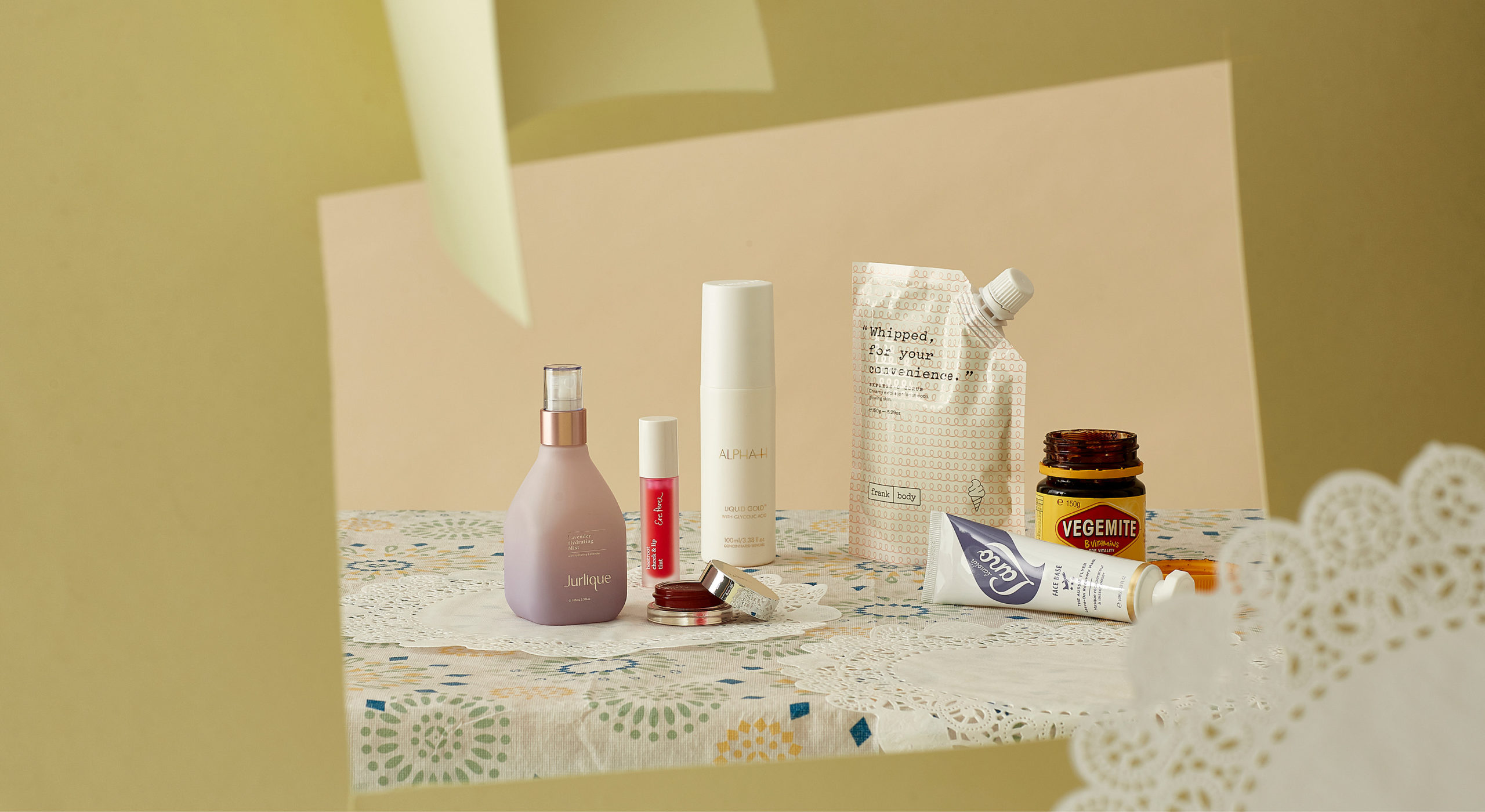


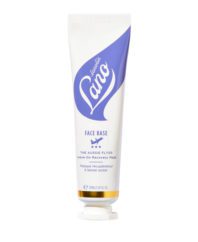
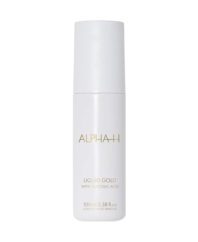
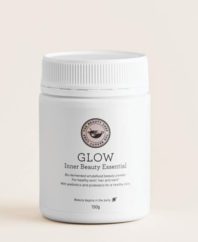
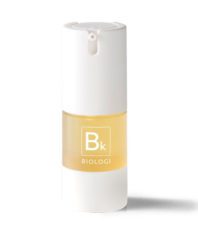
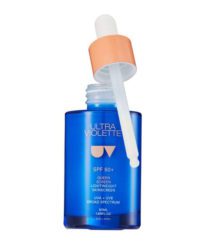
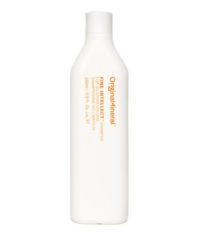
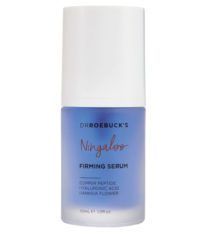
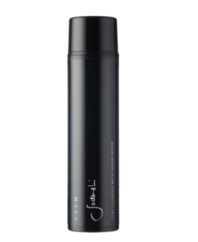
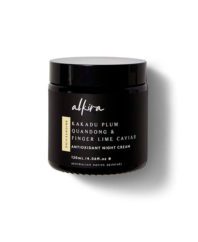
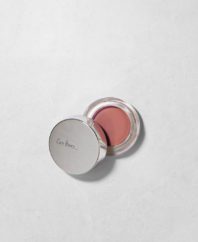

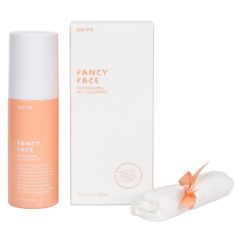
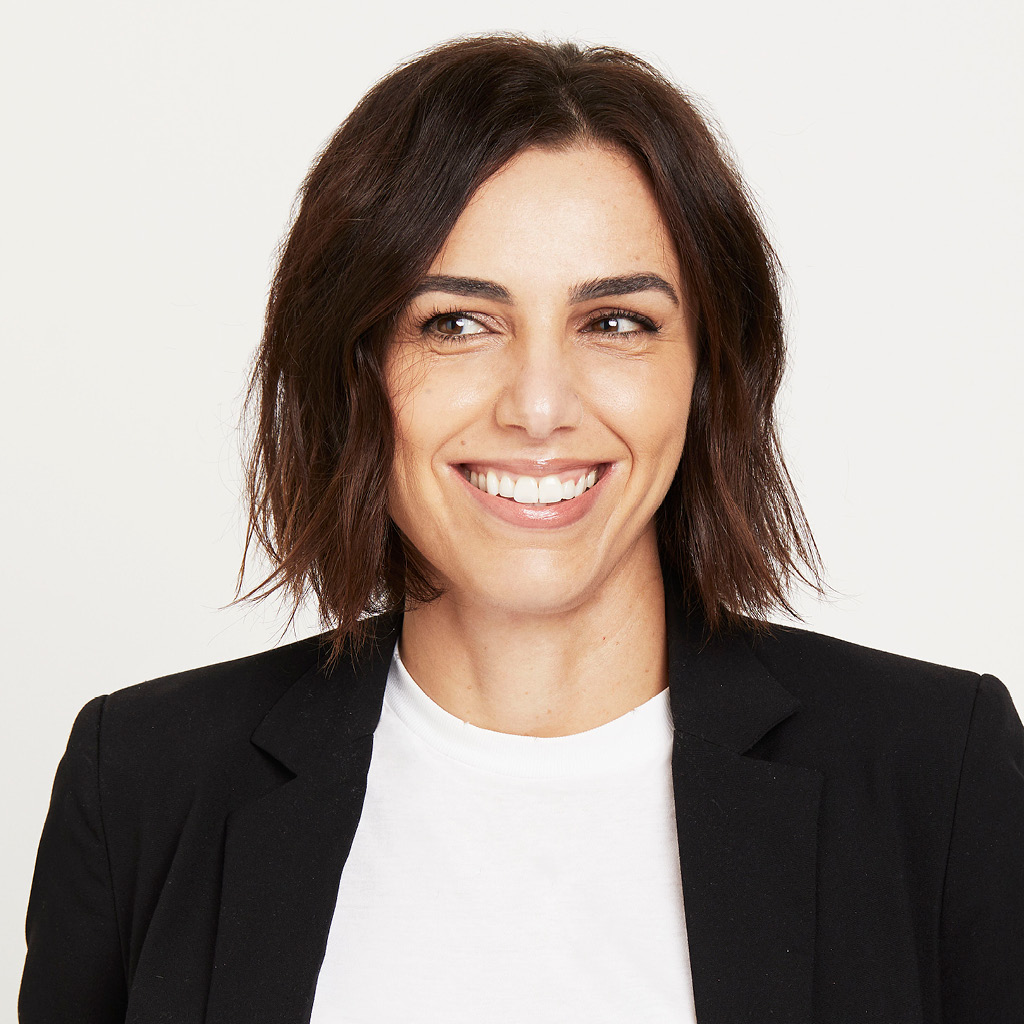

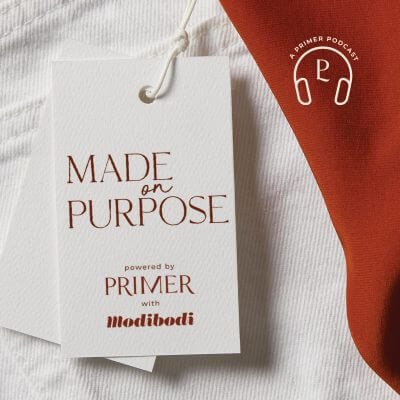

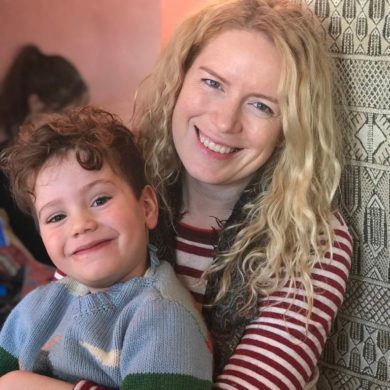
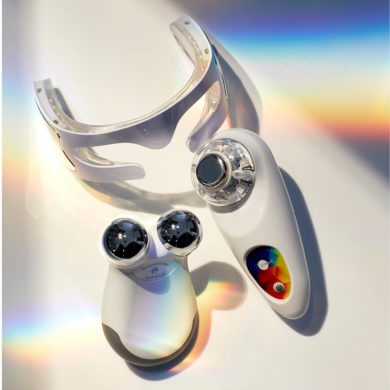

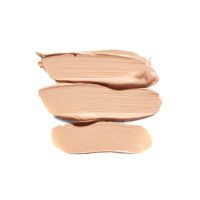
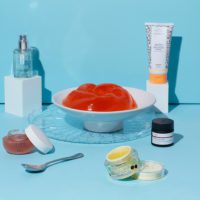
No Comments